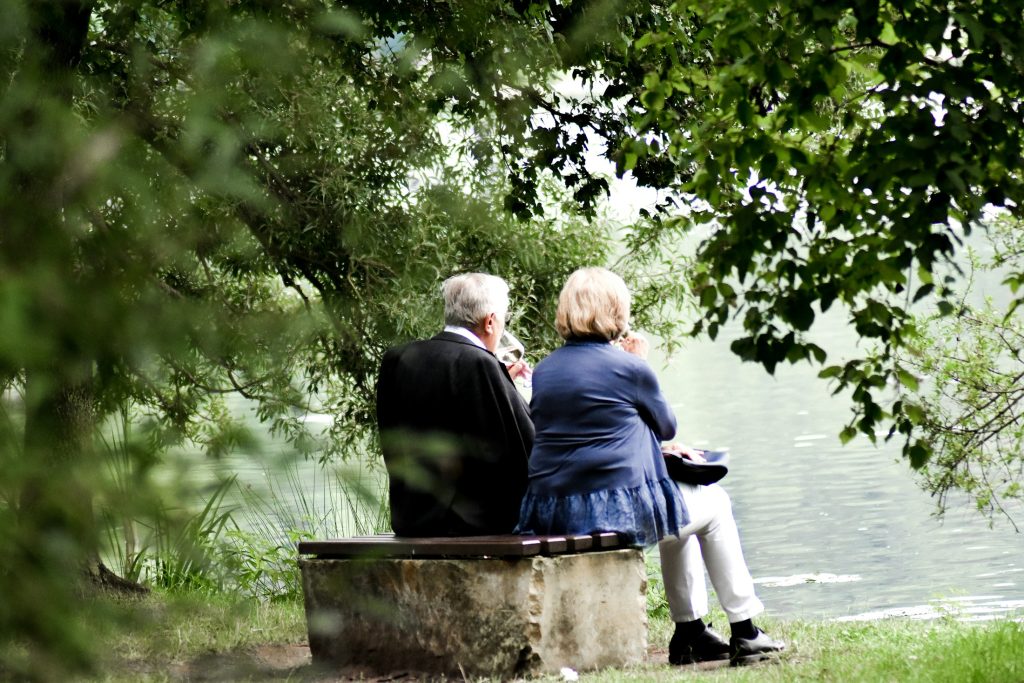Use our HearthHealth app


Disturbed heart rhythm, or arrhythmia, occurs when the heart’s natural pacemaker develops an abnormality, the normal blood flow to the pacemaker is disturbed or another part of the heart takes over as the pacemaker. The result is a change in rate, rhythm or both.
A normal adult heart rate at rest is between 60 to 100 beats per minute. Every heart beat is initiated by the sinus node in the right atrium, sending an electrical signal that spreads to the left atrium (these are the upper chambers of the heart) and the connecting points of the ventricles (lower chambers). The atria contract first, followed by the ventricles a fraction of a second later. This is illustrated below.
There are a number of different rhythms which cause specific conditions:
Bradycardia – when the heart rate is too slow and falls below 60 beats per minute. This can be normal in healthy individuals who exercise. Patients with slow heart rates can suffer from dizziness, fatigue or blackouts.
Tachycardia – when the heart rate is too fast and above 100 beats per minute. This is normal in exercise but if pathological, can cause palpitations, dizziness, chest pain and blackouts. If the natural pacemaker occurs in the ventricles, ie ventricular tachycardia, it is a life-threatening situation.
Atrial fibrillation – the 2 upper chambers (right and left atria) of the heart fibrillate or quiver, rather than beating properly so blood may form clots here. They may be swept away and lodge in a small artery in other organs, e.g. the brain to cause a stroke. However, appropriate blood-thinning treatment can be used e.g. aspirin, warfarin, dabigatran, to reduce the chances of this happening.
Ventricular fibrillation – this is a medical emergency, when the lower chambers (right and left ventricles) fibrillate, or quiver. No blood is being pumped out of the heart therefore sudden death will occur unless electrical shock treatment is delivered effectively.
If symptoms are detected by patients, they should have a variety of investigations including blood tests, ECG and 24-hour ambulatory monitoring and echocardiogram. If the heart rate is too slow, a pacemaker may be fitted in certain circumstances. If the heart rate is too fast, certain medication can be used to slow it down, or even more invasive treatments such as radiofrequency ablation.

